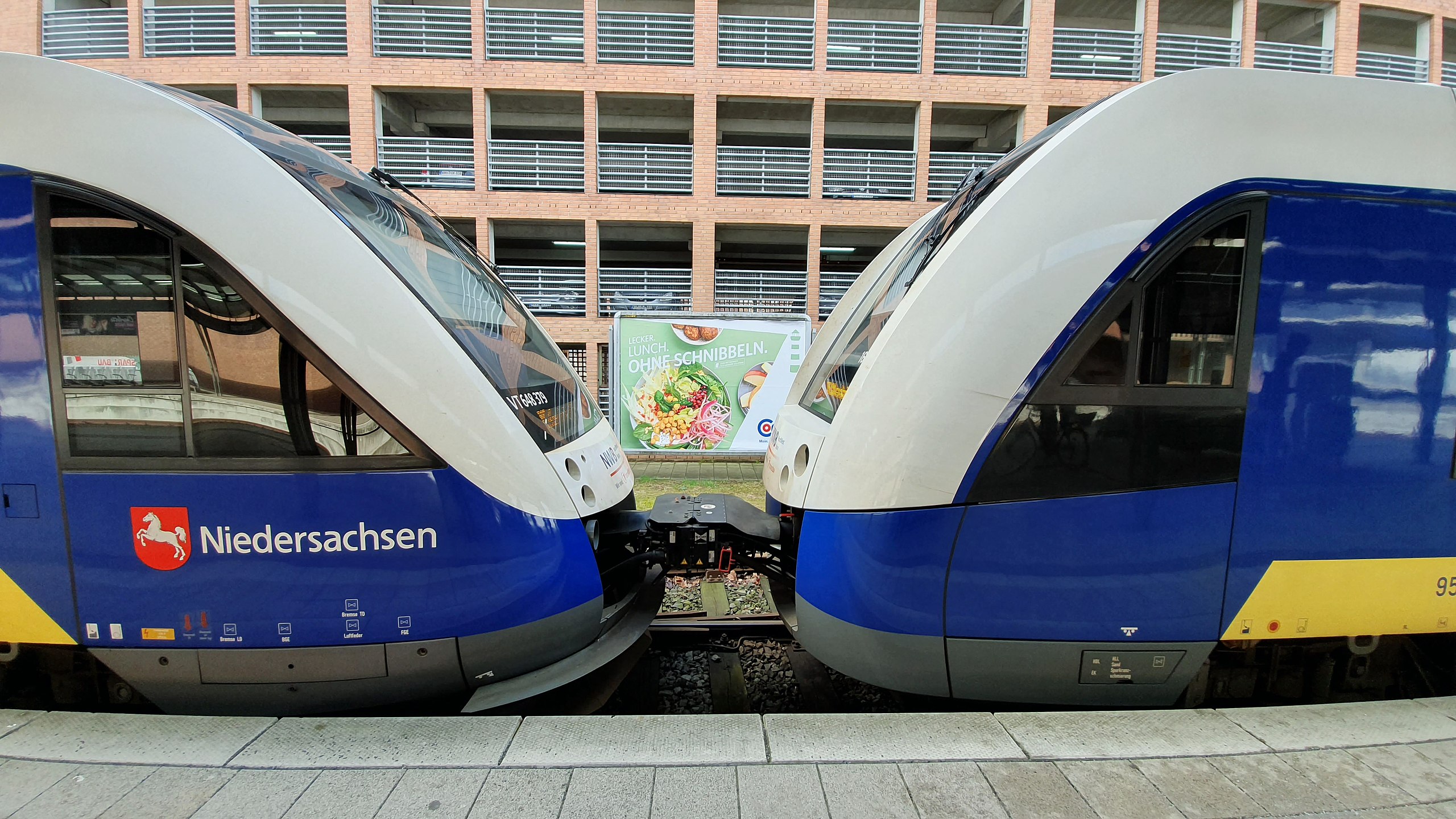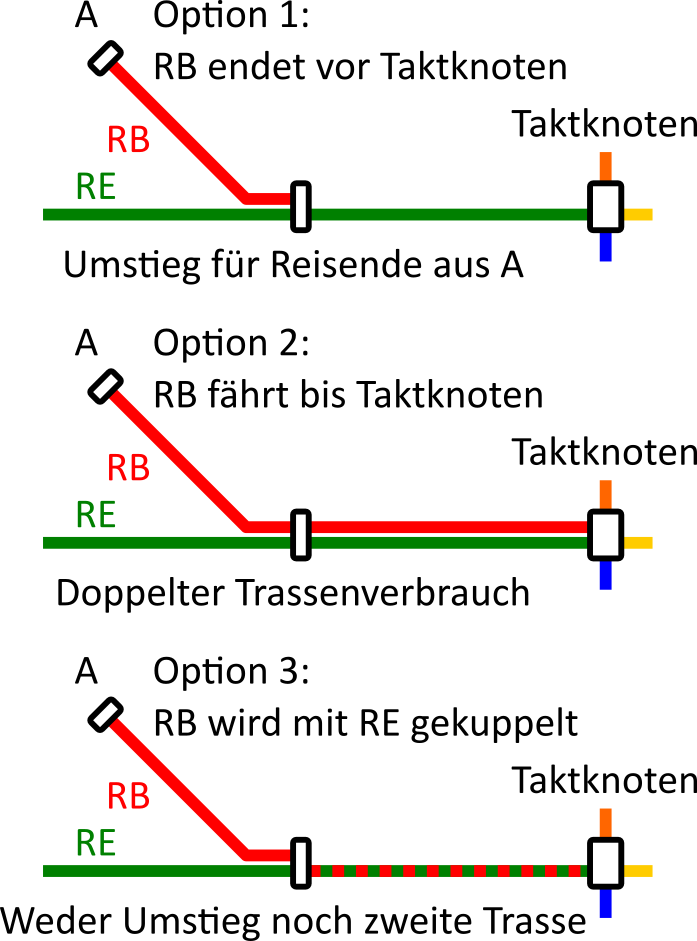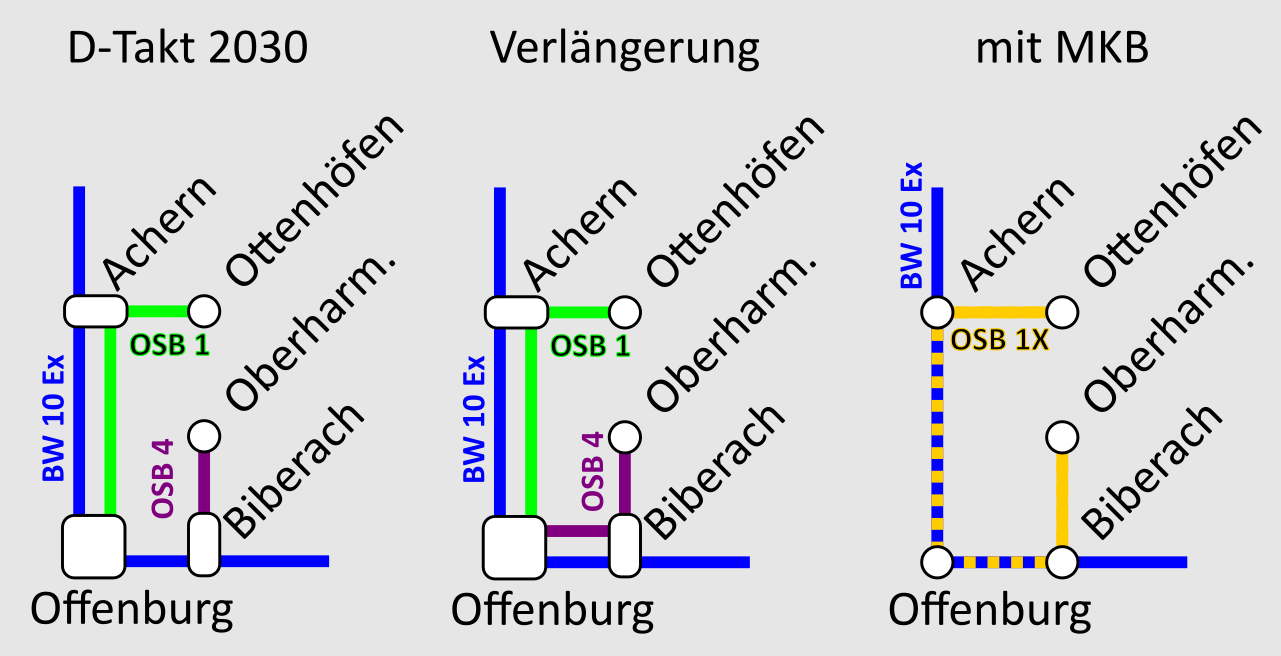
The DLR-Institute of Transportation Systems and the Chair of Rail Vehicle Technology at the University of Stuttgart have investigated the multi-coupling capability (MKB) of commuter multiple units and trains in terms of technical and operational feasibility in the DZSF project "Couplability of commuter multiple units and trains". In this project, multi-coupling capability is understood as universal couplability of regional rail transit vehicles. For the investigation of a possible multi-coupling capability, the fleet of regional rail passenger trains operated throughout Germany was researched and analyzed with regard to the types of couplings installed. The majority of the vehicles (approx. 90 %) have the Scharfenberg coupler (SchaKu) type 10, which mostly enables mechanical and pneumatic coupling. The electronic couplers and the control technology are largely incompatible due to a lack of standardization in this area, so that coupled operation of different vehicle series is generally not possible. The procurement of vehicles in batches and the lack of standardization have a detrimental effect on conceivable multi-coupling capability and prevent it in many cases. In order to get multi-coupling capability off the ground, one option is to procure vehicles in a structured manner and according to uniform criteria. This could be done by establishing a couplable vehicle pool. On the other hand, the development of a standard for electronic coupling and the functions to be transmitted is important. However, such standardization is very time-consuming and should be carried out under neutral coordination at the federal level.

In order to be able to evaluate the operational effects and potentials as well as possible challenges of a multi-coupling capability, railroad operational analyses were carried out on the basis of vehicle dynamics simulations. Operational parameters such as the number of possible train paths per hour were used to measure the impact. In the course of the study, the advantages of multi-coupling were demonstrated on the basis of specific operational scenarios. For example, in one scenario, it was assumed that several train sections run together on a core route, but uncouple again on the outer branches of a network. By using multi-coupling capability, the passenger capacity on the main line can be increased in a route-saving manner. Often, an expansion of passenger capacities would only be possible by using a multi-coupling capability, as additional timetable paths are no longer feasible in many cases. In this example, the previously necessary transfers for passengers are also eliminated. The number of direct connections can be increased due to the through connection of the lines. Another operational benefit can be seen in the event of disruptions, especially when vehicles can no longer be used due to technical defects, for example. This can lead to greatly reduced passenger capacity per train, as the intended number of train units can no longer be used. In the case of multi-coupling, different vehicle series could also be coupled with the vehicles still available, thus avoiding a loss of passenger capacity. An operational challenge is the coupling time within the stations and the associated track occupation time per train. The extended stopping time has a direct negative impact on the performance of the connecting line. Therefore, depending on the size of the operating station, additional platforms or sidings must be provided for the coupling process to ensure the possibility of bypassing and overtaking trains.

Project name:
Kuppelbarkeit von Nahverkehrstriebwagen und -zügen (Couplability of commuter multiple units and trains)
Duration:
11/2021 to 03/2022
Project coordination:
Institute of Machine Components (IMA), Railway Vehicle Technology, University of Stuttgart
Client:
German Centre for Rail Traffic Research at the Federal Railway Authority, Dresden, Germany
Project participants:
DLR-Institute of Transportation Systems
